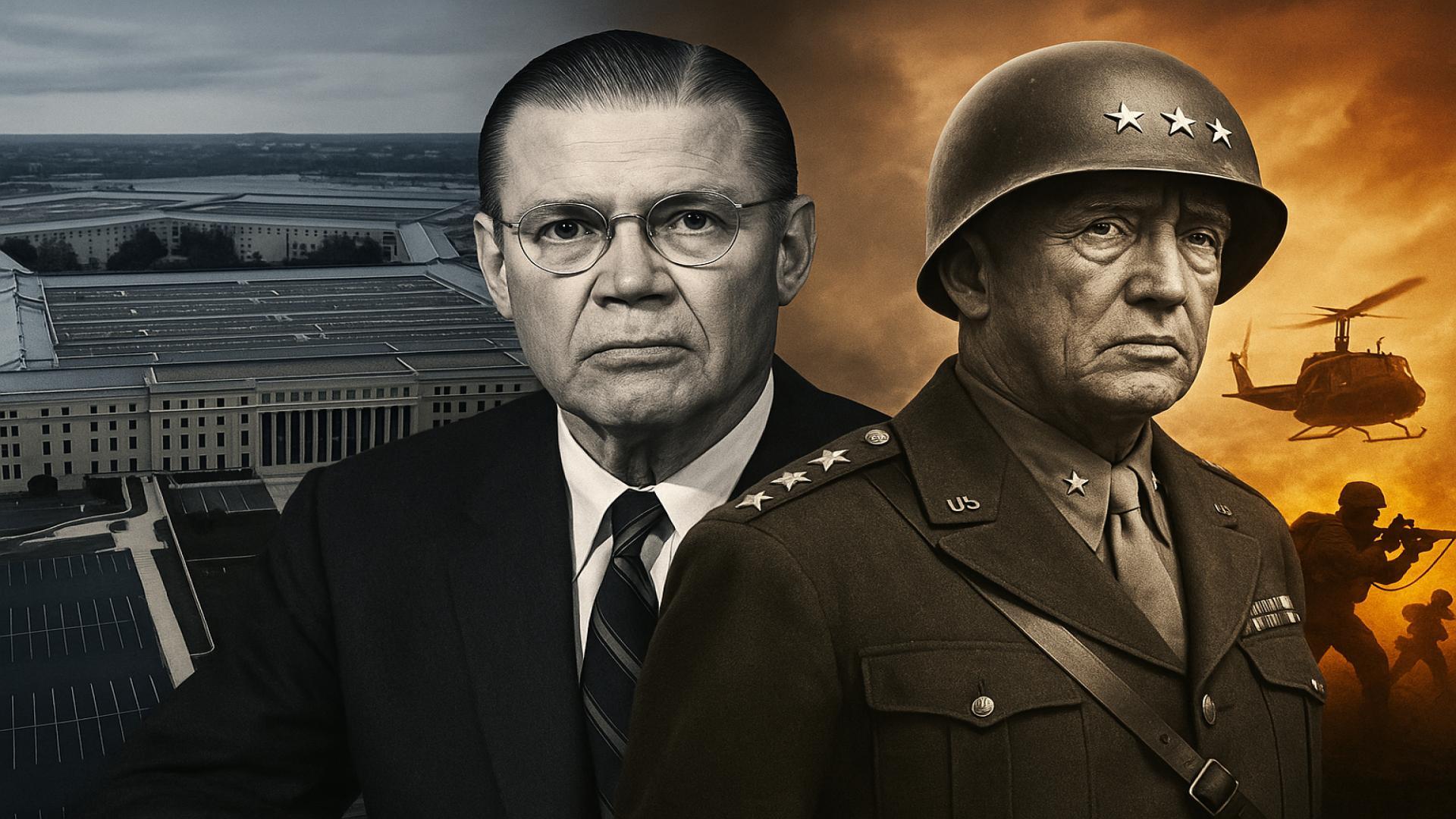5. Alexander Haig

General Alexander Haig’s career bridged the military and political worlds, serving as a top aide to President Nixon and later as Secretary of State. His military discipline often clashed with his evident political ambitions, making him a contentious figure in Washington. Haig’s assertive actions during the Watergate crisis and his controversial statement following the Reagan assassination attempt fueled debates about the boundaries of civilian and military authority (via Washington Post).


















